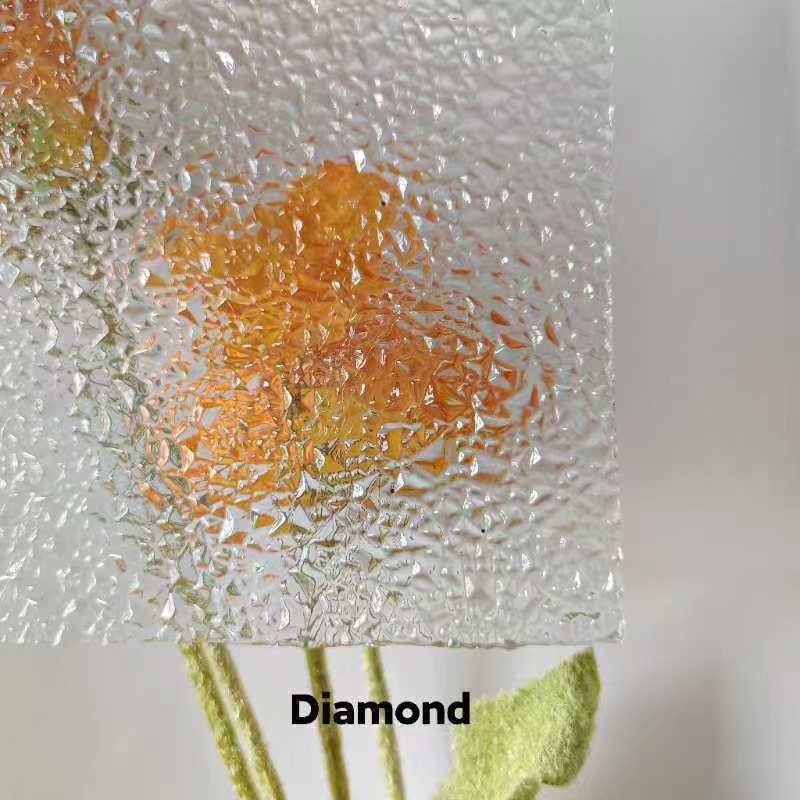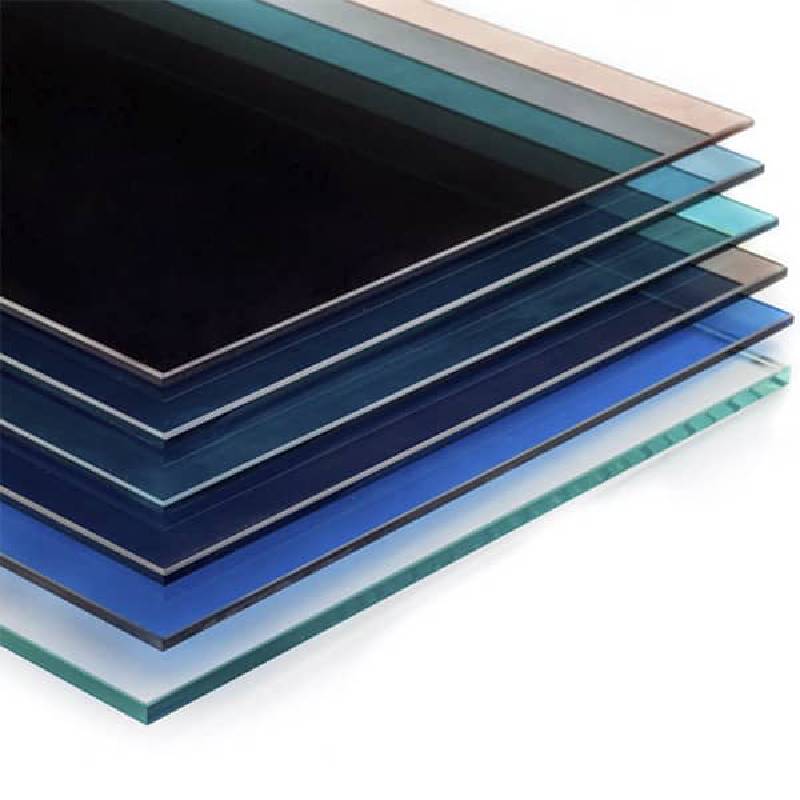Black tinted glass is rapidly becoming a popular choice for both residential and commercial applications, blending practicality with aesthetics. This sensation, however, leaves many potential users wondering about the costs associated with such a sleek and contemporary feature. In this article, we'll explore the elements that influence the price of black tinted glass, providing insights based on genuine experiences, expertise, and trustworthy data.

The primary factor affecting the price of black tinted glass is the material and type of tint used. Glass manufacturers offer a variety of options, each with distinct qualities. Standard window film is the most cost-effective but may not offer the same durability and UV protection as premium ceramic or metallic films. For construction projects, prices for basic black tinted glass can start around $100 per square meter, but high-end options—with better heat rejection or glare reduction features—can rise significantly in cost.
Size and customizability are another pricing determinants that can't be overlooked. Custom cut and sized tinted glass will naturally incur more costs compared to standard-sized sheets due to the precision and labor involved. Additionally, specialty shapes and designs, which add a personalized touch to architecture, require more sophisticated manufacturing processes, thus raising expenses.

One must also consider the installation costs. DIY enthusiasts might see installation as a simple way to save on costs; however, professional installation is recommended for ensuring longevity and efficacy of the tint. Expert installers bring nuanced skills to the table, assessing factors like lighting, building orientation, and the desired level of privacy or energy efficiency. Depending on region and project complexity, professional installation can add approximately $2 to $10 per square foot to the overall cost.
black tinted glass price
From an experiential standpoint, users often report a significant return on investment with black tinted glass due to improved climate control and energy savings. Those living in sun-intense climates emphasize the reduced heat infiltration, enhancing comfort while potentially lowering air conditioning expenses. The aesthetic value, especially for corporate buildings, is another advantage that users highlight, as the sleek appearance of black tint often translates to a modern and professional look.
Expert opinions suggest that while upfront costs may be higher for certain types of black tinted glass, the long-term benefits, particularly in energy conservation and enhanced property value, make it a prudent investment. Industry authorities recommend opting for reputable brands that comply with local building codes and offer substantial warranty periods, ensuring peace of mind and cost-effectiveness over time.
Trustworthiness in the realm of black tinted glass prices is enhanced by transparent manufacturer pricing and third-party reviews. Customers should research and consider evaluations from organizations such as the International Window Film Association (IWFA), which provides certification and guidance aligning with industry standards. Engaging with customer forums and feedback platforms can also provide real-world insights, further cementing a dependable purchase decision.
In conclusion, the price of black tinted glass hinges on multiple interacting variables, from material choice and size to professional installation and brand reputation. By focusing on real experiences, expert recommendations, and authoritative testimonials, consumers can navigate the complex pricing landscape with clarity and confidence. This deliberate approach ensures that black tinted glass not only complements the aesthetic expectations of modern architecture but also meets functional and financial criteria effectively.



